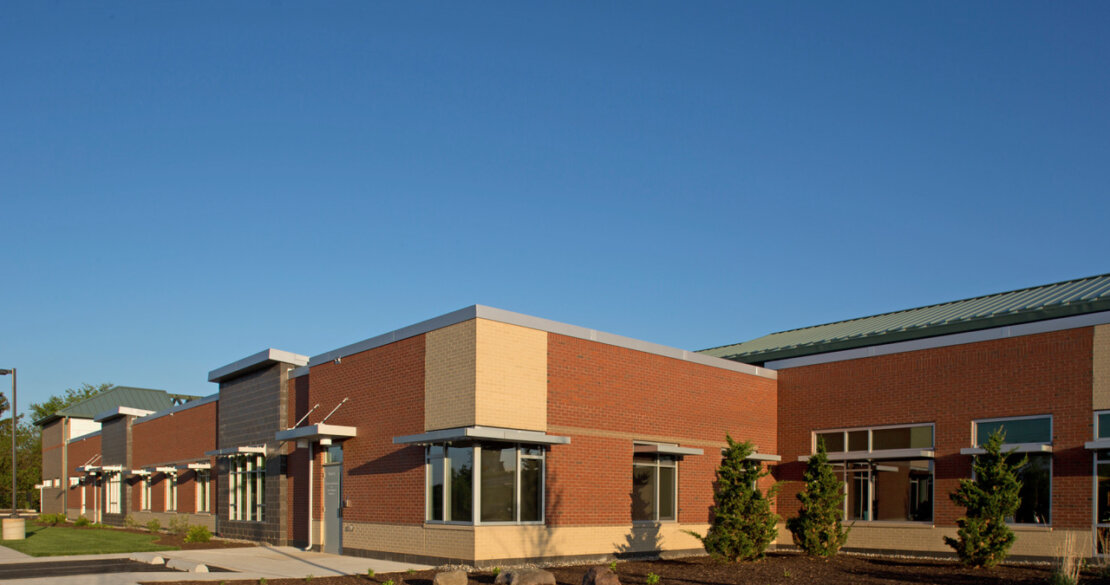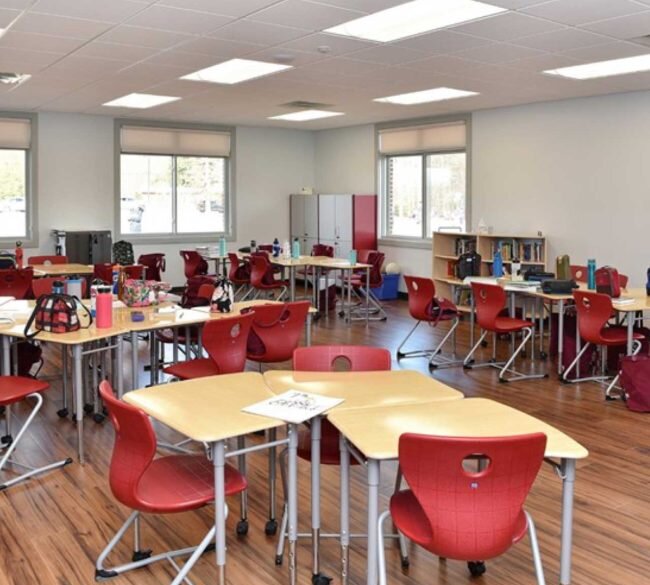The Earth’s average surface temperature has increased by 2°F, making the abnormal the new norm. Modern buildings are not equipped to handle the ever-evolving climate conditions that are expected to occur in the decades to come. This can significantly increase energy consumption, impact occupants’ safety and comfort, and even cause structural damage.
We’ve already seen examples of the devastation caused by buildings that cannot withstand extreme weather. During the 2021 Pacific Northwest Heat Dome, many people suffered because buildings failed to provide adequate shelter from the elements, leading to some casualties.
As temperatures continue to rise, architects must find innovative new ways to design structures that mitigate sweltering temperatures and promote public health and sustainability.
How Does Extreme Heat Affect Buildings?
Significantly warmer weather isn’t just dangerous for occupants. It also negatively impacts buildings in several ways, including increased energy costs, structural degradation, and damage to materials. Some types of materials are more prone to cracking and warping in hotter temperatures, compromising a structure’s stability.
Here’s a closer look at how heat affects buildings:
- Structural Damage: Extremely hot temperatures cause materials, like metal, to expand. When the temperatures drop, these materials then contract. The constant expansion and contraction cause stress, which can lead to structural damage in extreme cases.
- Roofing Material Degradation: Roofing materials, such as asphalt, can crack and degrade in extreme weather conditions, leading to leaks.
- Poor Indoor Air Quality: High heat and humidity promote the growth of mildew and mold, negatively impacting indoor air quality.
- Strain on Infrastructures: Continuously rising temperatures affect critical infrastructure, such as transportation systems and power grids, leading to service disruptions.
- Increased Cooling Demand: The urban heat island effect intensifies the impact of extreme heat on structures, necessitating greater energy for cooling.
As such, structural thermal resilience is crucial for longevity, safety, and occupant well-being and satisfaction.
5 Sustainable Design Principles to Combat Extreme Heat
Architects can use these five sustainable design principles to develop structures with superior heat resilience.
1. Conducting Site Analyses for Summer Heat
Before any design work begins, architects must understand a comprehensive site analysis to ensure thermal resilience during the summer season. This analysis should thoroughly evaluate all aspects of a site that could impact the building’s ability to mitigate and withstand heat, including:
- How the sun travels across the site during the day
- Nearby bodies of water, trees, and buildings
- Prevailing wind direction
- The site’s geology and topography
By understanding how a site can impact a building’s thermal resilience, architects can gain valuable insights to optimize the design.
2. Thoughtful Material Selection
Architects must choose building materials that offer good thermal mass, or their ability to absorb, store, and release heat energy. Materials such as stone, brick, concrete, and even rammed earth absorb heat and release it slowly, thereby reducing the risk of damage. Light-colored roofing materials minimize heat absorption.
Materials that provide insulation are beneficial for regulating indoor temperatures. Foam or insulated concrete forms (ICFs) regulate temperatures and minimize heat transfer.
Architectural designers should also consider humidity. In hot, humid climates, materials that are resistant to moisture damage must be used to avoid rotting, warping, or mold growth.
3. External Shading
Utilizing external shading helps keep heat off structures in the first place. Architects must always consider orientation when designing external shading. Vertical shades are most effective for east- and west-facing facades, where the sun is lower in the sky. Horizontal shading and overhangs are best when the sun is at its peak.
Other external shading options include deciduous trees or awnings and shutters that can be moved, opened, or closed.
4. Incorporating Passive Cooling Strategies
Passive cooling is an architectural strategy that optimizes natural ventilation to reduce the need for electric cooling systems. A thoughtful layout and orientation significantly improve a building’s passive cooling capabilities. Architects can utilize cross ventilation and prevailing winds by strategically placing doors, windows, and openings to enhance natural airflow.
They can also use louvers, overhangs, and pergolas to reduce heat by blocking direct sunlight. Design features such as operable skylights, windows, and vents expel warm air and intake cooler outdoor air, further promoting a comfortable indoor setting.
5. Green Urban Environments
In hot urban areas, green sustainable architecture is essential for creating eco-friendly buildings, but also for designing the surrounding environment to be more livable and climate-resilient. Implementing pedestrian-friendly city designs significantly reduces the dependence on heat-emitting vehicles, which can help regulate urban temperatures and create a cooler urban microclimate.
Adopting thermal mass solutions in eco-friendly paving, sustainable masonry, and innovative tarmac designs also decreases the dependence on energy-intensive air conditioning systems, thereby reducing hot exhaust emissions and promoting a greener, more sustainable urban landscape.
Designing for a More Comfortable Future
The climate crisis is undeniably impacting our world today. By integrating sustainable design services into their processes, architects can develop eco-friendly buildings that not only stand up to rising temperatures, but also contribute positively to our environment. By adopting forward-thinking strategies, these professionals are at the forefront of creating structures that prioritize sustainability and resilience for a better tomorrow.
SAAarchirects is at the forefront of green and sustainable design.
Contact us today to discover how we can future-proof your building against extreme weather conditions.


